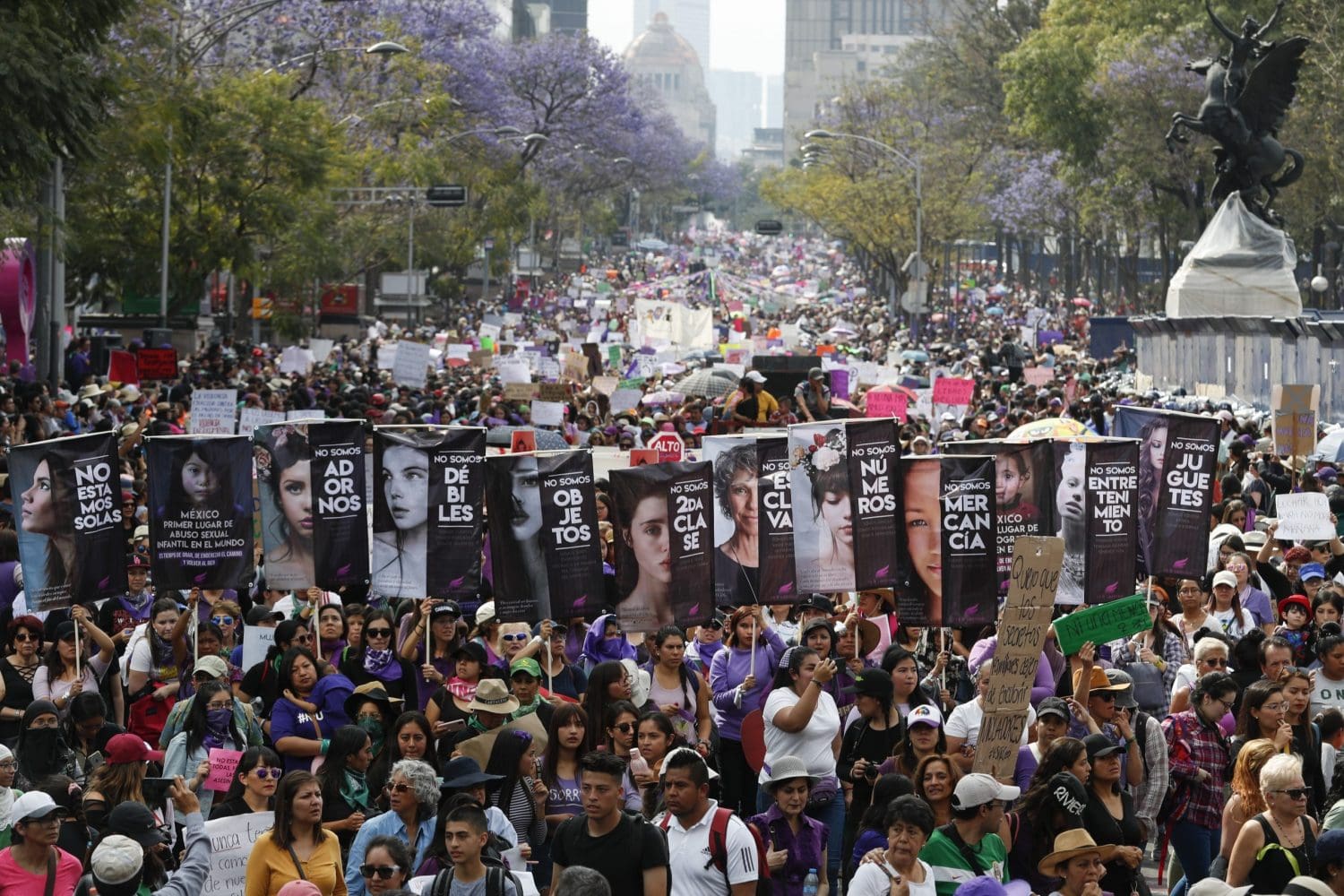International Women’s Day 2020 (IWD) is promoted as a chance to ‘celebrate’ those who have made real advances for all women. People are rightly recognising individuals and groups who have helped increase equality and move women’s rights forward. But, it’s also worth remembering that in the UK, too many women are still in poverty; clinging onto the lowest rungs of society. And aside from celebrating, we should be forcing bottom-up change right across society.
Disabled women: the worst off?
As the London School of Economics (LSE) documented, the gap between disabled women’s financial insecurity compared to other groups widened between 2009-2014. By September 2014, disabled women were the most ‘economically marginalised’. The LSE found that compared to disabled women, the following group’s pre-tax household incomes were all higher. And they were higher by the following percentages:
- Disabled men: 8% higher pre-tax household income.
- Nondisabled women: 99% higher.
- Nondisabled men: 114% higher.
Across the board, disabled women’s financial situation was generally worse than all other groups. The LSE found that:
- 27% had a “heavy financial loan payment”.
- 41.8% found it difficult to make ends meets.
- 63.8% could afford to pay out an expense over £500 (although disabled men were in a worse position to do this).
Fast-forward to 2018, and research by the UK Women’s Budget Group (WBG) looked into which groups would be worse off due to government tax and benefit changes since 2010. By 2021, the research found that disabled women with a disabled child would have lost over £10,000 in income; far higher than any other groups. Next to lose out the most were disabled women with a disabled child or disabled children, dropping over £7,000 in income by 2021.
But it’s not just disabled women who are on the bottom rungs of UK society.
The poorest women: marginalised the most
As the Joseph Rowntree Foundation (JRF) found, 28% of working-age women who are carers are in poverty. This is compared to 26% of their male counterparts. Moreover, the rate for women carers rises to 40% if they are caring for someone inside their own family. Also, nearly four in ten young female carers are in poverty. This is versus one in four young male carers.
Back to the WBG, and in 2016/17 it found that single women were disproportionately worse off in the UK. It noted that:
- The proportion of single women living in poverty has stalled for three years at 25%, while the figure for poor single men has decreased to 23% (from 26% in 2016/17).
- Nearly a quarter (23%) of single female pensioners are poor, the highest figure in 15 years.
- 45% of single parents – the vast majority (90%) of which are women – are living in poverty. Almost half of children living with a single parent (47%) are now in poverty.
Intersecting issues
Homelessness, meanwhile, is a major issue for women. For example, women rough sleepers on average die two years younger than men. In 2017, Channel 4 Dispatches estimated that 68,000 women were living in temporary accommodation. But the figures surrounding homeless women are probably an underestimate. This is because many of them are hidden homeless. Also, as the Guardian reported, Crisis found that:
- Nearly one in four female rough sleepers has been sexually assaulted in the past year.
- Three in 10 female rough sleepers have experienced sexual violence at some point while homeless.
- Nearly six in 10 have been intimidated or threatened with violence in the past year (compared to four out of 10 male rough sleepers).
Let’s also not forget that around 1.3 million women in the year to March 2018 experienced domestic abuse in the UK. But this is probably an underestimate. Meanwhile, only 18% of women who experienced partner abuse even reported it to the police. And domestic abuse intersects with homelessness, too. For example, one organisation found that 73% of women rough sleepers it worked with reported domestic abuse.
So, all too often for structural and societal reasons, there are still many women who governments, and ultimately all of us, are failing and leaving behind.
The real IWD heroes
IWD is a chance to recognise women who’ve changed the world. But it should also be a time to remember all those who society has left behind. These are the women who don’t get newspaper tributes paid to them. They don’t get statues or memorials. And they rarely get to have their voices properly heard. But these are the women who are probably the greatest examples of what IWD should be all about. Because, despite the system and society trying to drag them down at every turn, many of them are fighting on regardless – for themselves and for their families. These are women’s real heroes. And we need to strive to have changed things for them by next year’s IWD.
Featured image via UN Women Pacific – Wikimedia

















